Welcome to your go-to guide on everything about WiFi 6 routers! Whether you’re a tech newbie or a savvy user, we’ve got you covered with all the info you need to make an informed decision. Let’s unravel the magic of WiFi 6 together!
Exploring the Future of Wireless Networking 🚀
WiFi 6, known in the tech world as 802.11ax, is not just another step in WiFi evolution—it’s a giant leap forward. It represents the cutting edge in wireless internet technology, designed to cater to our growing need for speed and reliability in an increasingly connected world.
At its core, WiFi 6 introduces several key technologies that work together to make your internet faster and more efficient:
This technology allows multiple users with various bandwidth needs to be served simultaneously. Imagine a highway where cars, bikes, and trucks can all move efficiently in their lanes without interfering with each other—that’s OFDMA in action.
This technology allows multiple users with various bandwidth needs to be served simultaneously. Imagine a highway where cars, bikes, and trucks can all move efficiently in their lanes without interfering with each other—that’s OFDMA in action.

With this, WiFi 6 can transmit data more densely, significantly boosting speeds. It’s like packing your suitcase more efficiently to fit in extra items.
This feature allows devices to schedule check-in times with the router, reducing power consumption and improving battery life in mobile devices and IoT gadgets. It’s like setting an alarm clock for your devices to wake up and check messages, then go back to sleep.
WiFi 6 isn’t just a new standard for speed; it’s a comprehensive overhaul of the wireless network infrastructure, designed to meet our digital demands today and tomorrow. It ensures that as we add more and more devices to our networks, our online experiences remain fast, reliable, and seamless.
Whether you’re a gamer needing uninterrupted connection, a busy professional juggling video calls, or a household streaming multiple HD movies simultaneously, WiFi 6 is ready to take your wireless experience to the next level.
So, when you hear about WiFi 6, think of it as the superhero of wireless networking—here to save the day with faster speeds, more reliable connections, and a smoother online experience for everyone.
Unpacking the Benefits 🚀
In today’s digital age, our internet needs are constantly evolving. Upgrading to a WiFi 6 router isn’t just about staying up-to-date; it’s about transforming your online experience. Here’s why making the switch to WiFi 6 is a game-changer for anyone from tech enthusiasts to everyday internet users.
Upgrading to a WiFi 6 router is about much more than just faster internet speeds. It’s about unlocking a new level of connectivity that matches the pace of our digital lives. From homes brimming with smart devices to gamers and streamers pushing the limits of their online experiences, WiFi 6 is the key to a smoother, more reliable, and secure internet experience.
Your Complete Guide 🛠️
Selecting the perfect WiFi 6 router goes beyond just picking the one with the highest speed or the biggest brand name. It’s about matching the router’s capabilities with your specific needs, ensuring you get the best possible internet experience. Here’s a deeper dive into what to consider when making your choice.
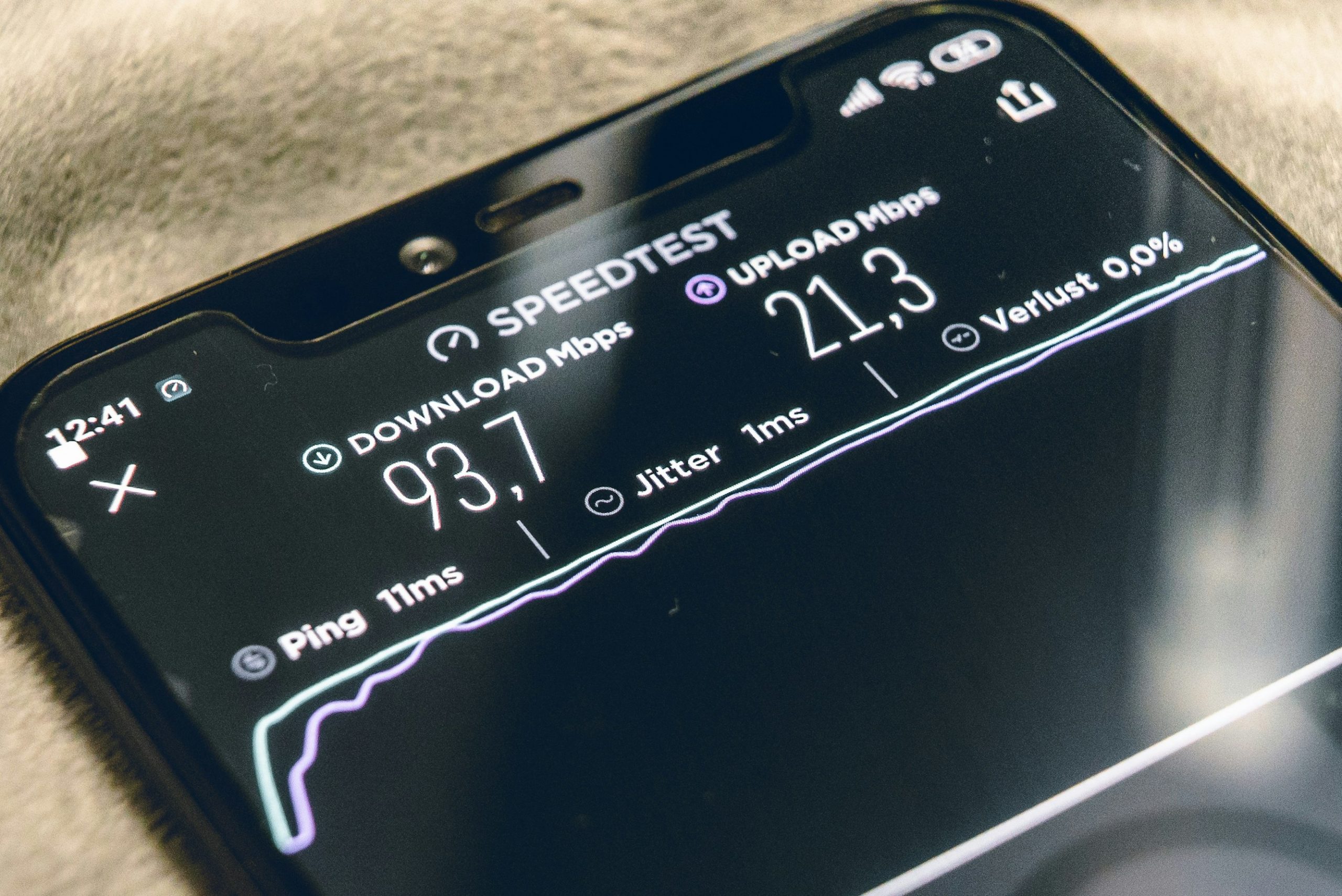
Choosing the right WiFi 6 router involves a careful balance of technical specifications and practical considerations. By focusing on your speed needs, assessing the size of your living space, considering the number and type of devices, prioritizing key features, and ensuring compatibility, you can find a router that not only meets but exceeds your internet needs.
Upgrading to a WiFi 6 router is a significant step towards a faster, more reliable home network. With numerous options available, choosing the right one can feel overwhelming. Here are five top-notch WiFi 6 routers, each offering something unique to cater to different needs and preferences.
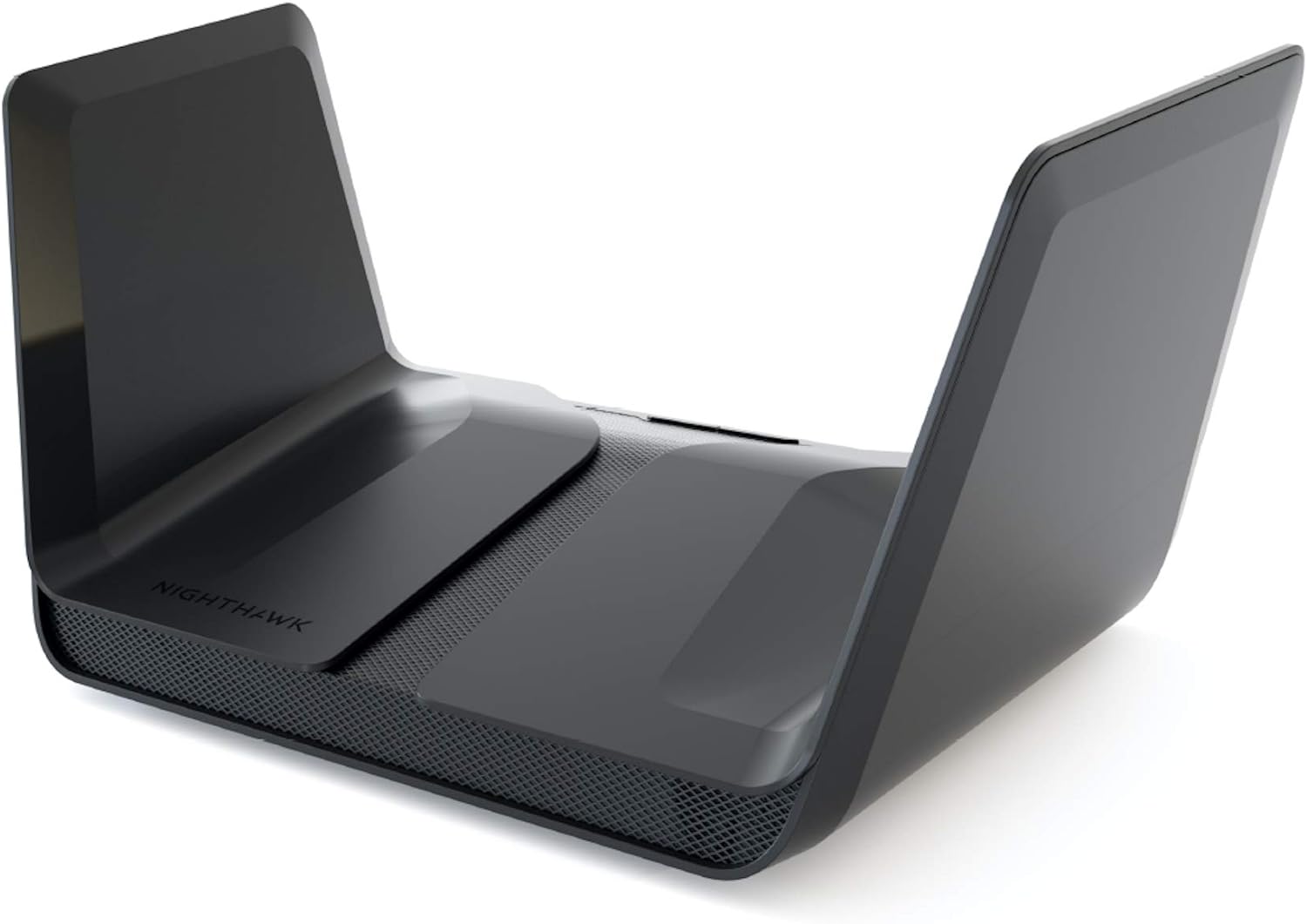
The Nighthawk AX8 stands out with its futuristic design and powerful performance. It’s designed for tech enthusiasts looking for the edge in online gaming and seamless streaming. Its eight streams of WiFi 6 mean more devices can connect and stream simultaneously without affecting speed or reliability.
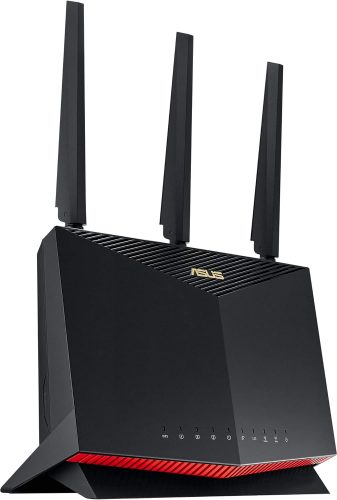
The Asus RT-AX86U is a gamer’s dream, offering not just impressive speeds and reliability but also features specifically designed to enhance online gaming. Its comprehensive security suite adds peace of mind, making it a solid choice for families and tech-savvy users alike.
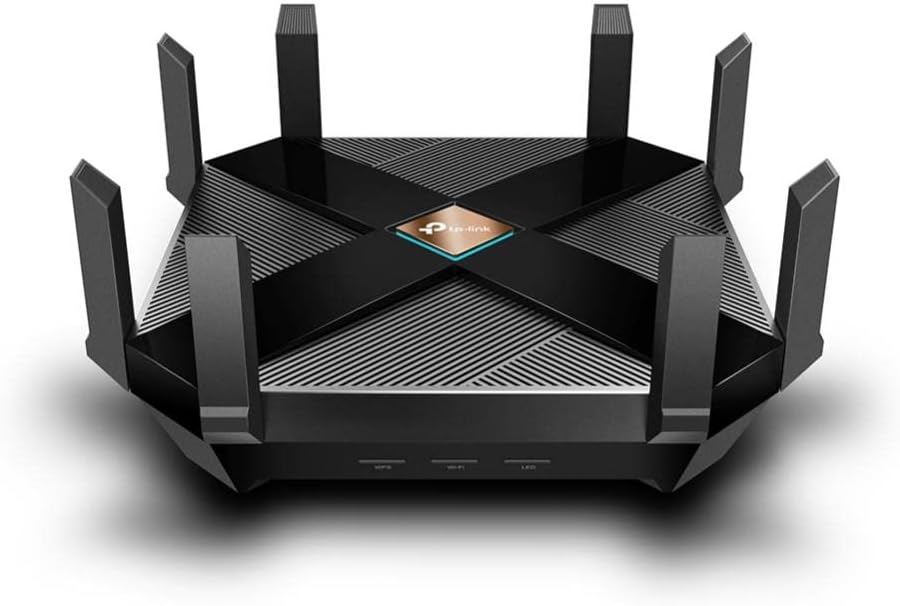
The Archer AX6000 is a powerhouse that punches well above its weight, offering premium features at a mid-range price point. It’s particularly appealing for families looking for a mix of high performance, extensive coverage, and robust security features.

Google Nest WiFi Pro is more than just a router; it’s a smart home hub designed for ease of use and integrated smart home control. Its mesh system is perfect for eliminating dead zones, and the built-in smart speaker in each point is a thoughtful touch for tech-savvy households.
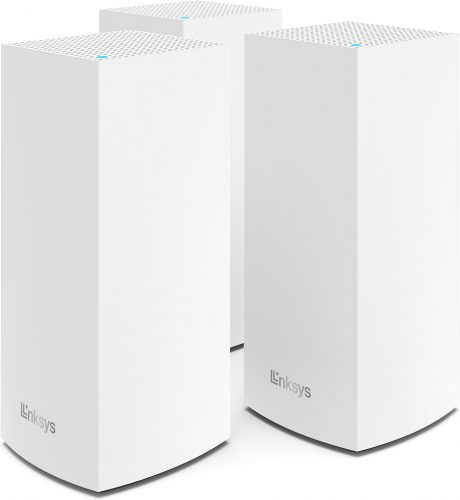
The Linksys Velop AX4200 is a versatile and powerful mesh system that stands out for its easy expansion and consistent performance. It’s an excellent choice for users looking to cover large homes or complex layouts, offering reliable WiFi that intelligently adjusts to meet your needs.
Congratulations on stepping into the future with your new WiFi 6 router! Setting it up correctly can make a world of difference in your internet experience. Here’s how to ensure you’re getting the best performance from day one:
1. Choose the Right Location: Place your router in a central location, away from walls and obstructions. High places are often better, as WiFi signals tend to spread downwards and outwards.
2. Optimize Router Settings: Access your router’s admin panel through a web browser or app. Update the firmware first, then explore settings like channel selection and bandwidth. Auto settings work fine for most, but manual selection can reduce interference in crowded areas.
3. Enable WiFi 6 Features: Ensure features specific to WiFi 6, like OFDMA and MU-MIMO, are enabled. These improve efficiency and performance, especially in busy networks.
4. Secure Your Network: Change the default admin and WiFi passwords. Enable WPA3 encryption for enhanced security. Consider setting up a guest network for visitors to keep your main network secure.
5. Optimize for Your Usage: If your router supports Quality of Service (QoS), customize it based on your usage. Prioritize devices or applications that need the most bandwidth, like video conferencing or gaming.
6. Test and Adjust: Use speed test websites or apps to check your internet speed in different areas of your home. If there are dead spots, consider adjusting the router’s position or adding WiFi extenders or a mesh network system.
Maintaining your WiFi 6 router ensures it continues to perform well over time, while effective troubleshooting can solve common issues without the need for professional help. Here’s how:
1. Keep Firmware Updated: Manufacturers often release firmware updates that improve performance, add features, and fix security vulnerabilities. Check for updates regularly.
2. Monitor Network Health: Use your router’s app or web interface to monitor connected devices and network traffic. Look out for unknown devices that might indicate a security breach.
3. Regular Reboots: Periodically rebooting your router can clear bugs and improve performance. Many routers offer scheduled reboot options.
4. Clean Your Router: Dust off your router and ensure it’s well-ventilated. Overheating can reduce performance and lifespan.
1. Slow Internet Speeds: Check if the issue is with a specific device or all devices. If it’s a widespread problem, reboot your router and modem. If the issue persists, test your speed directly from the modem to see if it’s a router issue or a problem with your ISP.
2. Intermittent Connectivity: This could be due to interference from other wireless networks or devices. Try changing the WiFi channel or moving your router to a different location.
3. Device Connection Issues: If a specific device can’t connect, ensure it supports WiFi 6 or is compatible with your network settings. Forget the network on the device and reconnect as if it were a new connection.
4. Frequent Disconnections: Update firmware and reduce the number of devices connected to the router. If the issue continues, it might be due to overloading the router’s capacity, considering an upgrade to a model that can handle more devices.
WiFi 6, also known as 802.11ax, is the latest generation of WiFi technology. It improves upon previous versions by offering faster speeds, increased efficiency, and better performance in congested areas. Key features include OFDMA, MU-MIMO, 1024-QAM, and Target Wake Time (TWT), which together provide a smoother and more reliable online experience.
While WiFi 6 routers are backward compatible with older devices, you’ll need WiFi 6 enabled devices to fully benefit from the new technology’s enhancements. However, even with older devices, you may notice improved network efficiency and capacity.
Upgrading can be beneficial even for smaller networks. WiFi 6 routers provide improvements in efficiency and security that can enhance your online experience, regardless of the number of devices. If you’re experiencing network congestion, slow speeds, or security concerns, an upgrade might be worthwhile.
A WiFi 6 router can significantly improve your WiFi speeds, especially in crowded networks. However, the actual internet speed you experience is also dependent on your ISP’s speed. Upgrading to a WiFi 6 router won’t increase your internet speed beyond what your ISP plan provides, but it can ensure you’re getting the most out of your current plan.
Consider factors like your internet speed, the size of your home, the number and type of devices connecting to the network, and any specific features you need (e.g., parental controls, enhanced security). Assessing these aspects can help you select a router that matches your requirements.
Popular options include the Netgear Nighthawk AX8 for high-performance needs, Asus RT-AX86U for gamers, TP-Link Archer AX6000 offering great value, Google Nest WiFi Pro for integrated smart home features, and Linksys Velop AX4200 for extensive mesh coverage.
Place your router in a central location, optimize settings via the admin panel, secure your network with strong passwords and WPA3 encryption, and use Quality of Service (QoS) to prioritize bandwidth for high-demand activities.
Regularly update the firmware, reboot the router periodically, keep an eye on network health, and physically clean the router to prevent overheating. These steps can help maintain optimal performance and longevity.
Start with basic troubleshooting: reboot your router and modem, check for firmware updates, and ensure your device is compatible with WiFi 6. For persistent issues, consult your router’s manual or contact customer support.
WiFi 6E extends WiFi 6 capabilities into the 6 GHz band, offering additional bandwidth and less interference. It requires devices specifically designed to access the 6 GHz band, providing an even more enhanced experience for those with compatible devices.
| Cookie | Duration | Description |
|---|---|---|
| cookielawinfo-checbox-analytics | 11 months | This cookie is set by GDPR Cookie Consent plugin. The cookie is used to store the user consent for the cookies in the category "Analytics". |
| cookielawinfo-checbox-functional | 11 months | The cookie is set by GDPR cookie consent to record the user consent for the cookies in the category "Functional". |
| cookielawinfo-checbox-others | 11 months | This cookie is set by GDPR Cookie Consent plugin. The cookie is used to store the user consent for the cookies in the category "Other. |
| cookielawinfo-checkbox-necessary | 11 months | This cookie is set by GDPR Cookie Consent plugin. The cookies is used to store the user consent for the cookies in the category "Necessary". |
| cookielawinfo-checkbox-performance | 11 months | This cookie is set by GDPR Cookie Consent plugin. The cookie is used to store the user consent for the cookies in the category "Performance". |
| viewed_cookie_policy | 11 months | The cookie is set by the GDPR Cookie Consent plugin and is used to store whether or not user has consented to the use of cookies. It does not store any personal data. |